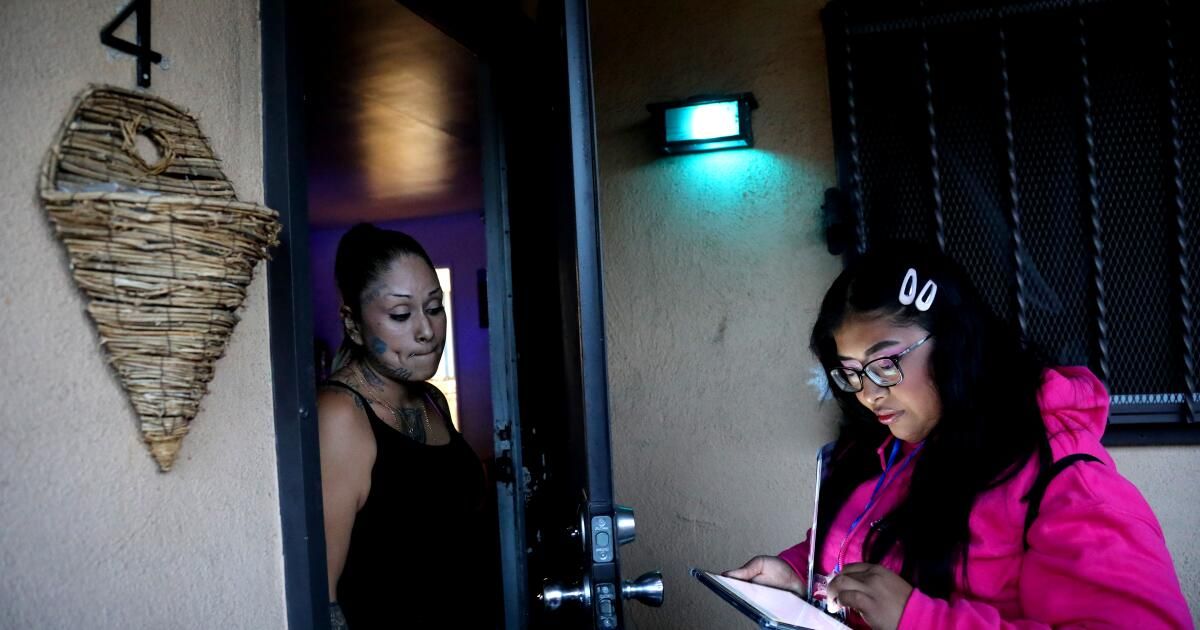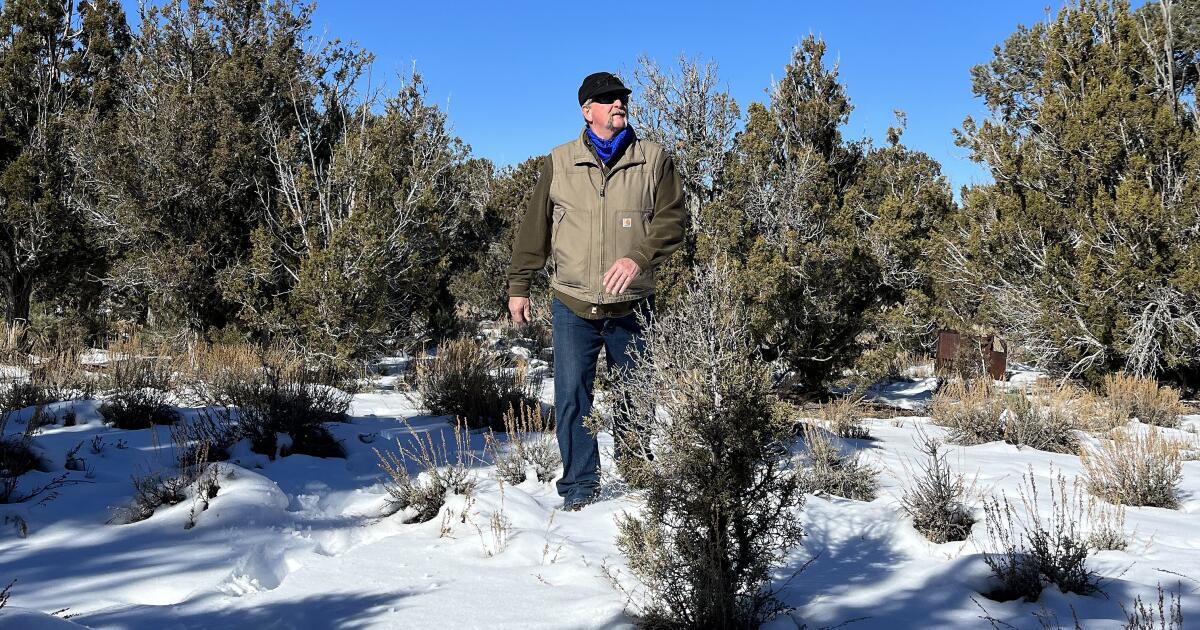There is no doubt that Los Angeles needs more permanent housing for people who are already homeless. That is the primary responsibility of the city and county and should receive the most funding from resources dedicated to ending homelessness. But without greater homelessness prevention, waves of people will continue to end up on the streets, replacing those moving into housing and leaving Los Angeles always one step behind in the fight against this crisis.
It is imperative to catch people before they fall into the street. While Los Angeles County has made more than 20,000 permanent housing placements annually between 2020 and 2022, the homeless population has steadily increased from 52,765 in 2018 to 75,518 in 2023.
“Prevention is what will change the situation for homelessness in this county,” said Cheri Todoroff, executive director of the Los Angeles County Homeless Initiative. She recently said that if the flow of homelessness could be prevented, the county could solve the homeless problem within three years. However, programs to help people stay in their homes are underfunded, dispersed among different agencies, and difficult to access. That is a problem.
Many programs offer rental subsidies to help people keep their housing. In Los Angeles County, the Department of Mental Health, the Department of Children and Family Services, the Department of Public Social Services, and the Los Angeles Homeless Services Authority offer some type of truancy prevention program. of housing. Officials estimate these programs prevented 31,570 Los Angeles County residents from becoming homeless between July 2017 and September 2023.
There are other programs too. The city of Los Angeles set aside $30 million from Measure ULA, the tax on real estate transactions over $5 million, for an emergency tenant assistance program. Thousands of renters applied in the fall and most are still waiting to hear if they have been approved.
Homelessness prevention efforts will be put to the test this month when the city's last eviction protections expired and landlords were allowed to proceed with evictions of tenants for unpaid rent incurred between October 1, 2021. and January 31, 2023. A University of Pennsylvania study of rental debt in the city of Los Angeles estimated that 60% of the 100,000 to 150,000 households behind on rent last August could not pay rent by the February 1 deadline.
Eviction protections seem to help. Homelessness increased in 2022, but only by 4%, a fraction of the 12.7% increase found in the January 2020 annual homeless count. Officials attribute this to the eviction-era moratorium. the pandemic.
As the ULA Fund grows, so should the amount set aside for renter assistance. But protection against evictions is not the universe of homelessness prevention. In fact, most people in California who are on the verge of homelessness are not even renters—the people targeted for eviction defense and assistance.
According to the California State Homeless Study released in 2023, just one-third of people surveyed who lost their housing were renters. Almost half were people who lived in homes but did not have a lease contract. And 19% came from an institutional setting such as a prison or jail. That shows why Los Angeles needs a wide range of prevention programs, including rent subsidies and counseling for finding housing after leaving prison or the foster care system.
Many of the people surveyed were not even aware of rental assistance programs. They were more likely to seek help from friends or family, not government agencies or nonprofits.
That's all the more reason city and county officials should publicize and promote the availability of assistance. An estimated 500,000 renters in the county are severely rent-burdened, meaning they spend half their income on housing. Most will not lose their housing, but it is compassionate and cost-effective to help those who are alarmingly close to becoming homeless. It is less expensive to keep someone in housing with temporary monthly subsidies, some less than $500, than to house them in temporary housing that costs several thousand dollars a month.
Policy experts have ideas for improving outreach. The authors of the homeless study recommend providing prevention services at various agencies and offices where people go for social services, medical care, or domestic violence services, for example. Or agencies could proactively reach out to people identified as at high risk of losing their housing, suggested Janey Rountree, executive director of the California Policy Lab at UCLA. Rountree helped develop a computer model that identifies Los Angeles County service users who may be most vulnerable to homelessness. The county's Homeless Prevention Unit uses the model to find and communicate with them.
We know how to solve homelessness: with housing. Helping people stay in their homes is one of the best ways to end this crisis. Prevention is a difficult but essential task.












